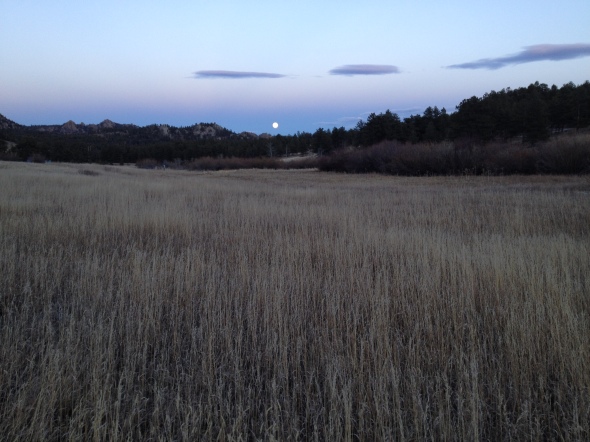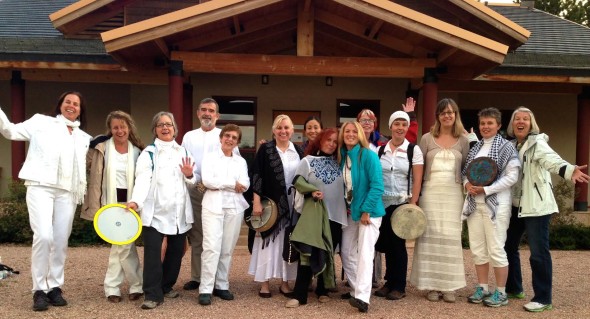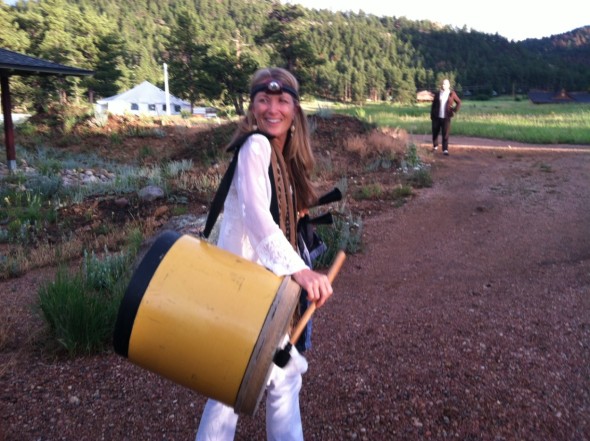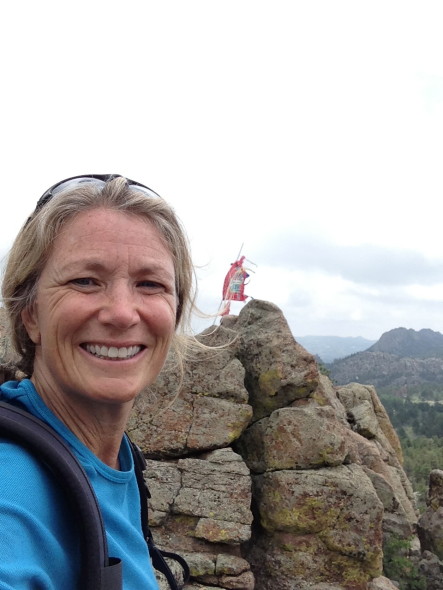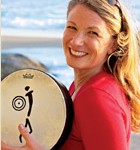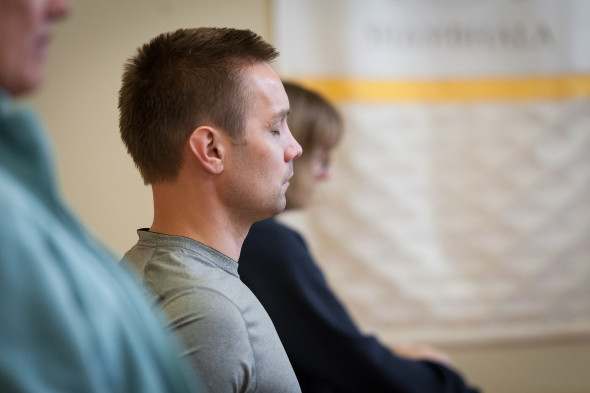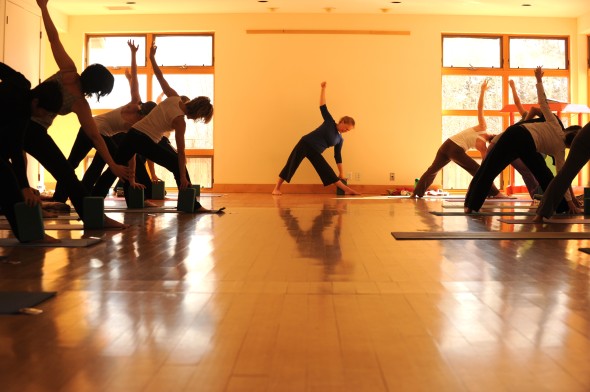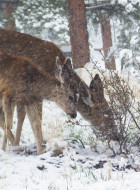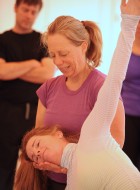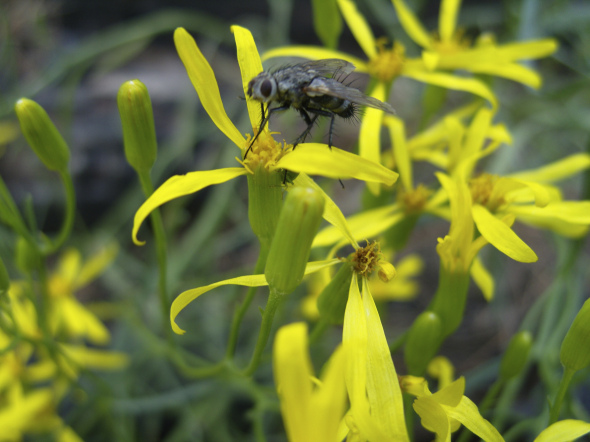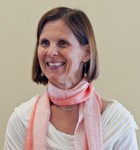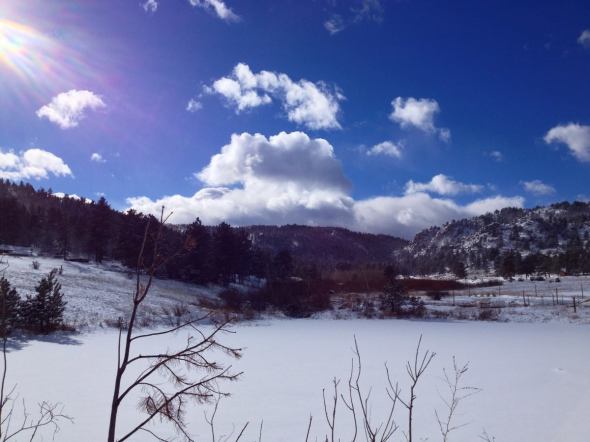By Sue Frederick
Shambhala Mountain Center hosts Bridges to Heaven: A Grief Healing Workshop, led by Sue Frederick, June 5-7, 2015
Last night I spent two hours having a “what happens when we die” conversation with a friend I’ve known since the 80s.
She’s dying from stage 4 cancer. It was diagnosed in December. She said her friends don’t talk to her about spirituality and crossing over. She’s been an atheist much of her life – although she’s done amazing work for the world in her career.
She had my book Bridges to Heaven: True Stories of Loved Ones on the Other Side – on her nightstand. She asked me to sit with her to talk about it. She said she’d spent her life not wanting to believe in that kind of “woo-woo” stuff. But now she was having experiences that she believed were some kind of inexplicable divine order and wanted to explore ideas she’d not been comfortable with before.
She cried for most of the two hours during our talk – releasing so much fear and grief she’s been holding on to. She’s devastatingly frail and in constant pain. She lives alone. Hospice visits twice a day. It was so hard to see her suffering and so afraid of death.
I taught her to meditate – as well as some other sacred techniques for releasing fear – like my Break Your Heart Wide Open meditation. I gave her a rosewood Mala – which she loved. She was so grateful I’d visited and will try to meditate now when’s she’s alone and afraid. She wants me to come back. And I will…
But it was so hard to be there. I’m so inadequate in those situations. The visit brought back so many memories of my husband Paul, best girlfriend Crissie, and my dad who all died too young – from cancer.
Afterwards, my husband Gene and I talked about my visit. It helped so much to talk to him and feel his love and support. Our views on life and death are fully aligned and I’m so grateful for him.
But today I can’t get the images and smells of the visit out of my head. All I want to do is go shopping and buy some expensive Eileen Fisher clothes that I can’t afford. I know that’s just my grief acting up. It’s my old relentless question of why do good people often take the path of suffering before they die? That one painful question launched my spiritual exploration journey in the 80s. And it still fuels the work I do today.
And I realize that I’m so much better at helping grieving people – rather than the sick and dying. I can truly help with spiritual and emotional pain. But I can’t relieve physical pain and I can’t bear to see that kind of intense physical suffering – especially in young people who only months ago were vibrant and full of life.
I guess I’m still traumatized from taking care of my young husband Paul in my 20s as he died from colon cancer. It’s clear that I have some kind of post-traumatic stress syndrome: it makes me want to run from the sight of physical suffering.
Last night I kept feeling like I might throw up when I first walked into her room and saw tubes everywhere, the oxygen tank, and the pain on her face as she struggled to sit up a little in her bed to greet me.
I had to work so hard to focus on her spirit, her beautiful radiant undamaged soul, and not on her body. A big part of me just wanted to run out crying into the night, to stand under the stars, to look at beauty instead of pain.
But instead I took a deep breath, opened my heart and sat down beside her – with love as my intention. Our heart to heart conversation helped calm her – and I hope our future conversations will help her release fear and find an inner peace about crossing over.
I shared many stories with her of the departed coming back to show me that life continues and that death is not the end of anything. I’m so deeply grateful to those spirits – Paul, Crissie, my dad and so many many others who’ve made it so abundantly clear that we are all souls who come here for a brief physical experience to evolve consciousness – and that crossing over – taking the final breath – is simply an act of love – of returning to the divine realms from which we came. I’m so grateful for every moment of this lifetime that has pushed me to recognize this truth and for all the sacred teachers I’ve had along the way.
And last night, my dying friend loved listening to those stories of departed spiritsshowing up, and she wanted to hear them again and again. She cried and cried as she listened – as her heart broke wide open.
To all the nurses, hospice workers, healers and physicians who care for the dying – I honor you so much for what you do in the world. It’s the hardest and best job there is. Nothing else compares.
I’m so inadequate in the face of other’s physical suffering. I have to fight the impulse to run and instead focus on their spirit – which is after all what my work is here.
I hope you’ll forgive me for writing this story about my friend. It is a very private thing, I know. And perhaps I shouldn’t share it. Yet the experience of seeing loved ones suffer is a shared experience amongst all of us.
Writing this has helped me process – not the visit itself – but my visceral reaction to seeing my dying friend. Writing has always helped me heal pain and step into wisdom – to see things more clearly. It’s why I write. And maybe now I can resist the pull of Eileen Fisher, of seeking superficial comfort in the face of pain, of longing for beauty instead of what is…
Thanks for listening.
~~~
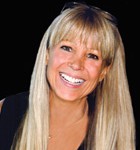 Sue Frederick is the author of Bridges to Heaven: True Stories of Loved Ones on the Other Side; I See Your Soul Mate and I See Your Dream Job. An intuitive since childhood, Sue has trained more than 200 intuitive coaches around the world. Her work has been featured in the New York Times, CNN.com and Yoga Journal, among others. Visit her websites to learn more: SueFrederick.com | Bridgestoheaven.com
Sue Frederick is the author of Bridges to Heaven: True Stories of Loved Ones on the Other Side; I See Your Soul Mate and I See Your Dream Job. An intuitive since childhood, Sue has trained more than 200 intuitive coaches around the world. Her work has been featured in the New York Times, CNN.com and Yoga Journal, among others. Visit her websites to learn more: SueFrederick.com | Bridgestoheaven.com


